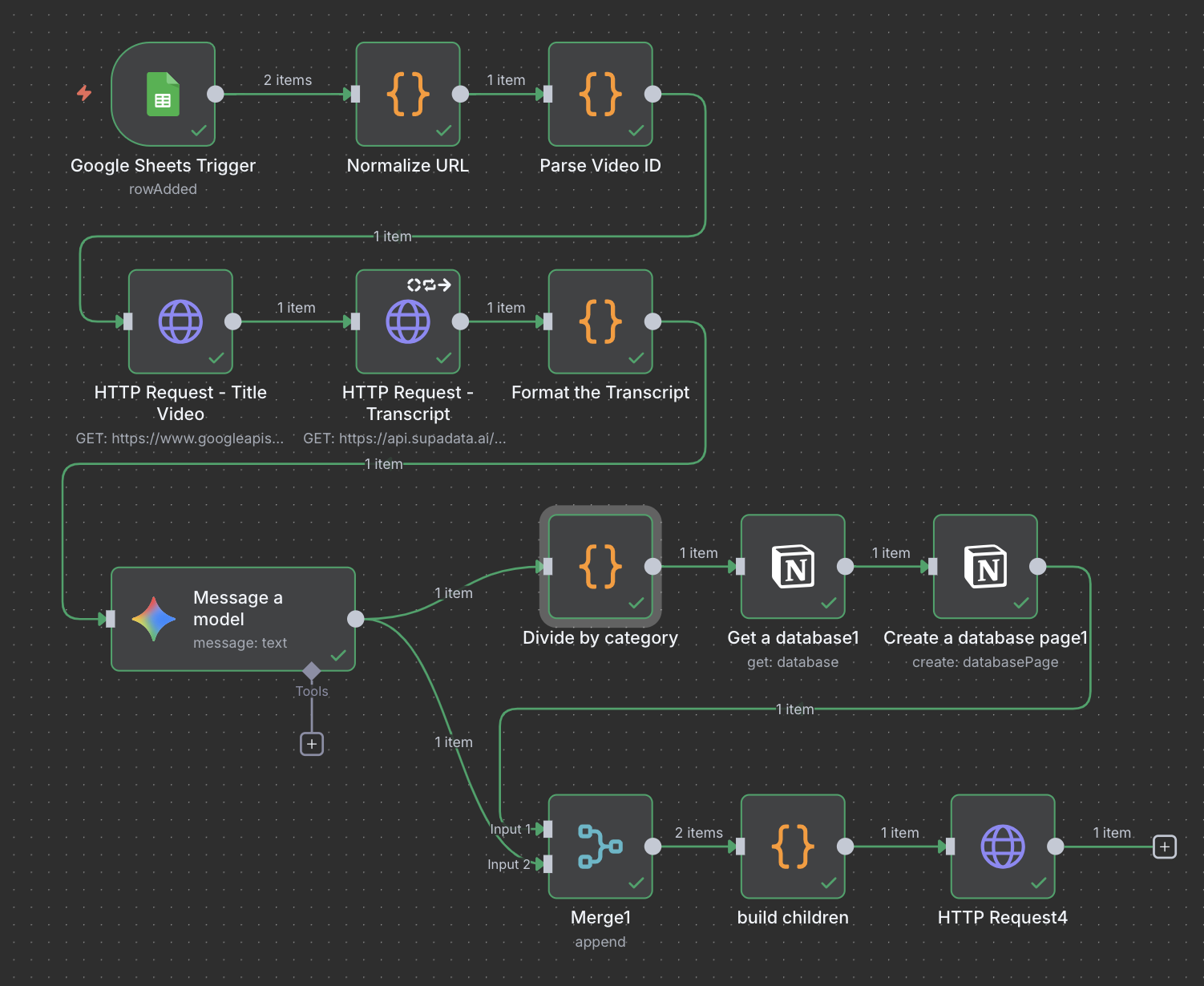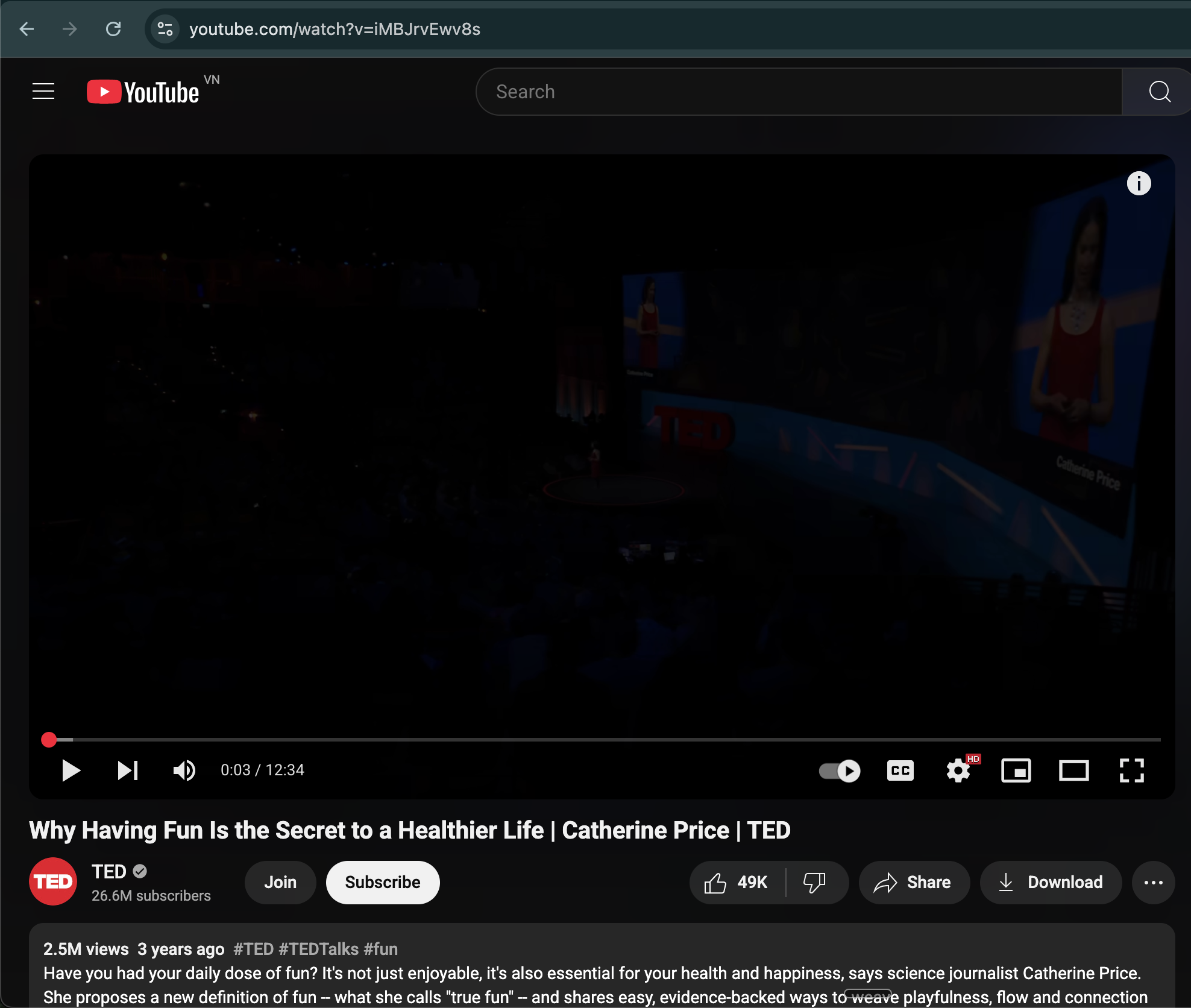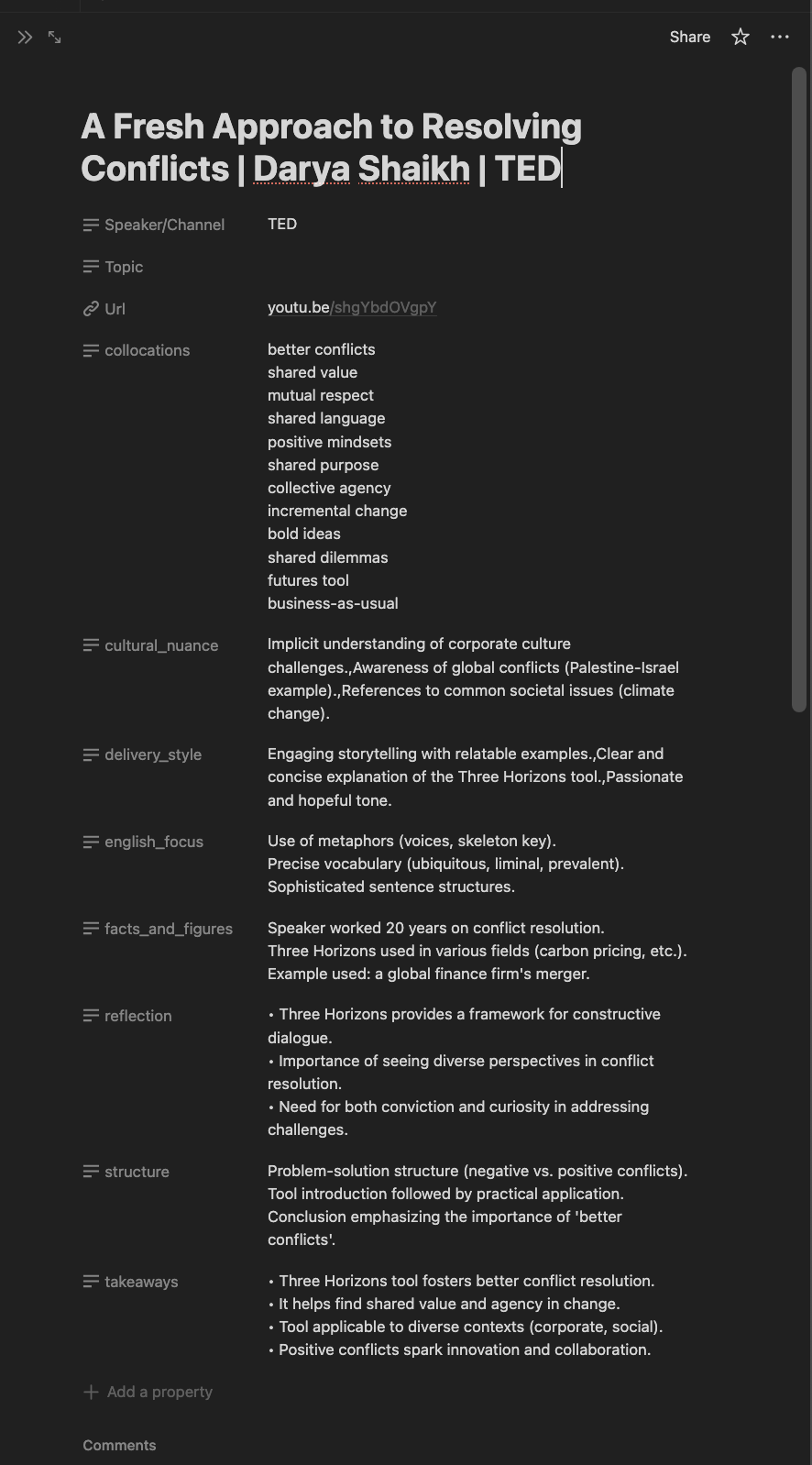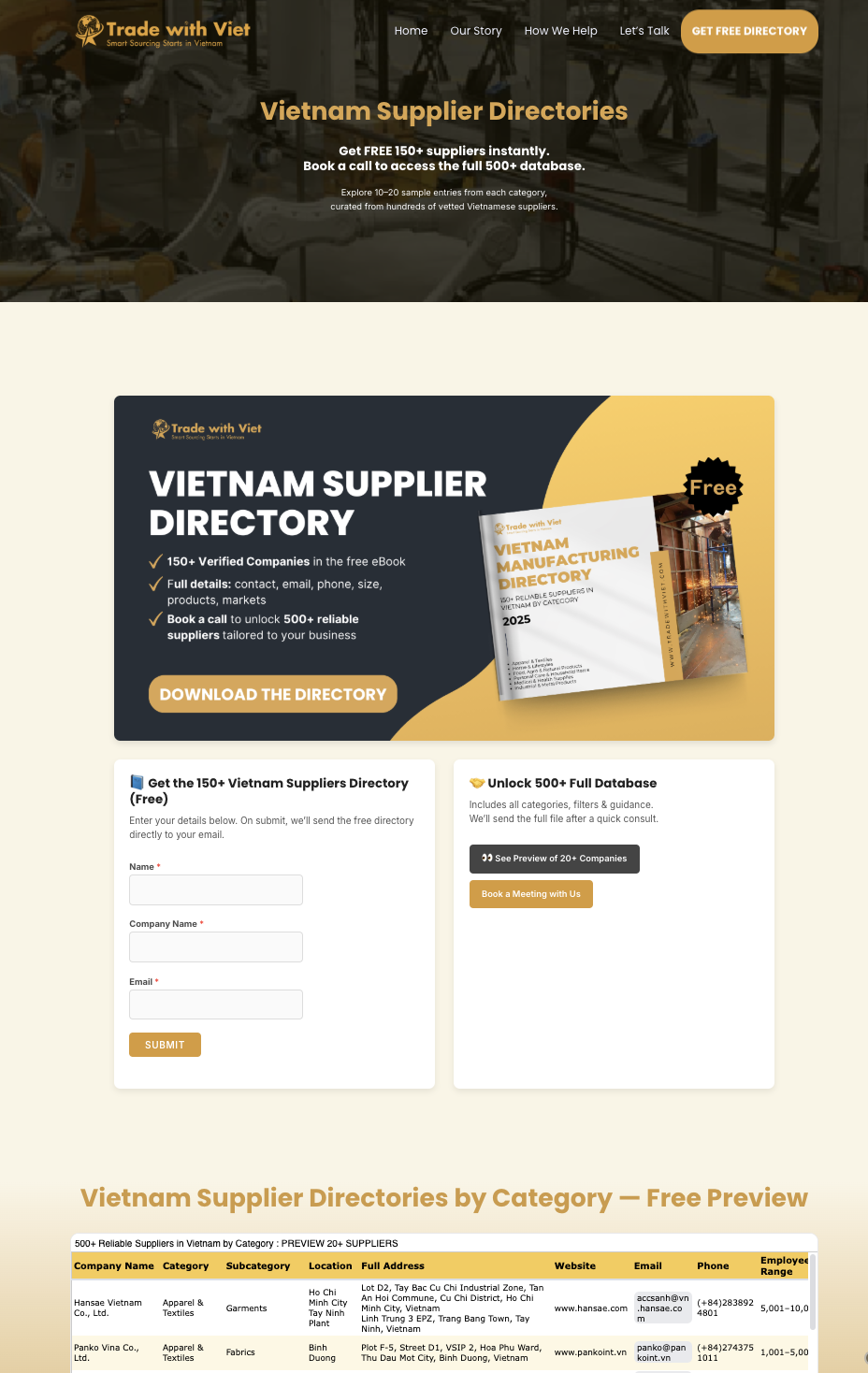Your Attractive Heading
Case
Studies
HRMS → Lever and newcomer hub
Our HRMS did not have a shared language; stages meant different things to different people, so work and data drifted. I wrote the missing docs, turned team feedback into simple rules, and once we needed posting and automation, I moved hiring into Lever with a setup the team could keep.
Discovery to definitions
Interviews with TA and HMs; HRMS field dictionary, stage definitions, owners, exit criteria.
Lever setup
Pipelines, permissions, tag taxonomy, stage automations, feedback reminders, stale stage nudges.
Data and UAT
Basic data setup and safe test imports; UAT scripts; fixed edge cases before rollout.
Enablement
Short trainings and job aids; a newcomer hub to centralize processes, documents, and how-tos.
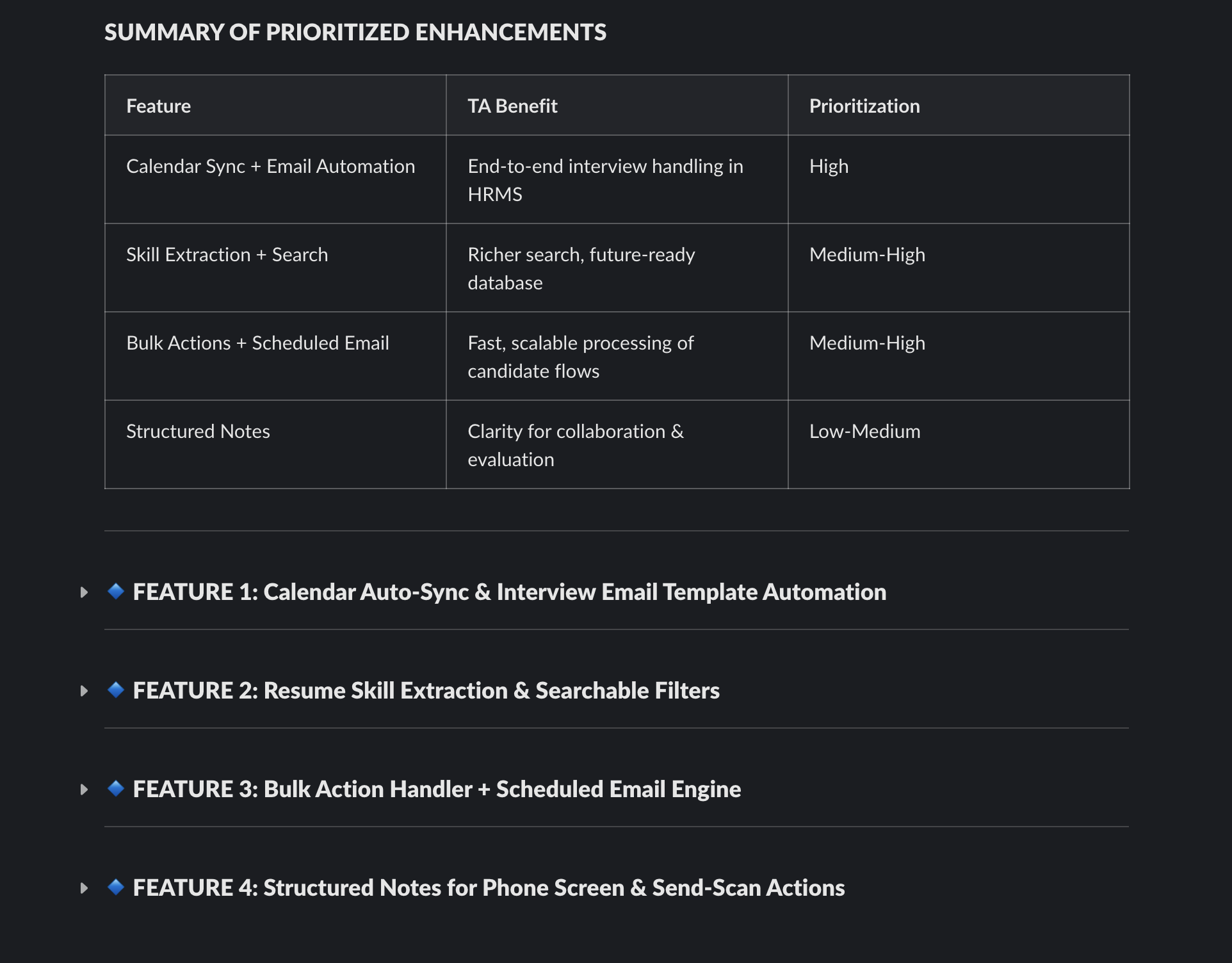
No mutual agreement on stages or status
Words meant different things across teams.
Name things together. I shipped a stage glossary and a field dictionary, then mapped stages to owners and exit criteria as a single source of truth.
Needed job posting and hiring automation
HRMS could not support it.
Move hiring to Lever. Lever for hiring pipelines and rules; HRMS remains the record for non hiring modules.
Cost constraints for integrations
Risk of paying for the wrong things.
Prove it first. Start manual, learn failure points, then use native Lever features or small DIY connectors only where value is clear.
Adoption friction
New tool and new habits.
Right sized enablement. Short videos, one pagers, and open office hours; the newcomer hub made know how searchable.
We spoke the same language; stages, owners, and exit criteria were clear and written down.
People knew where the work lives; hiring in Lever, other HR modules in HRMS, so handoffs were cleaner.
We built small first, then automated; this kept us inventive without unnecessary spend.
New joiners onboarded faster with the newcomer hub instead of DM links.
Salary intelligence → PowerBI bands
HR Data and Ops. Salary and English level signals lived in phone screen notes. Market references were added by hand when needed. Extraction from systems was not possible, so I built a small pipeline that turned notes into a model the team could use for salary bands.
Field schema
Clear columns so notes could become rows.
role, tech stack, level, city, last company, current salary, expected salary, English proficiency.
Cleaning
Notes into a structured sheet.
Deduplication of repeated entries, align locations to one geography list, simple outlier rules, and required fields for salary columns.
Modeling
Measures that guide a conversation, not just a number.
Medians and IQR by role and level and city, variance vs target band, trend views for recent pipelines.
System
Small guardrails so quality stays.
Data dictionary, QA checks on required fields, drill through to role families, and a decision log template to record trade offs.

Offer talks used the same view of reality. Ranges and trade offs were visible in one place.
Variance vs band showed where we over or under paid by role and level and city.
English proficiency scarcity was clear, which helped explain search difficulty and timelines.

